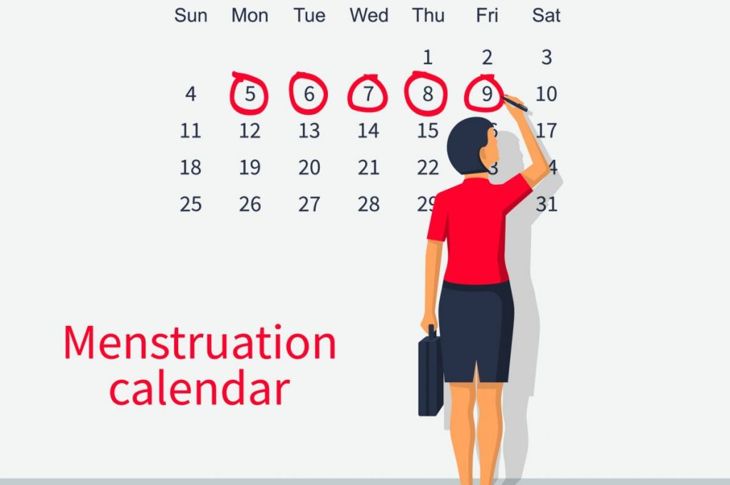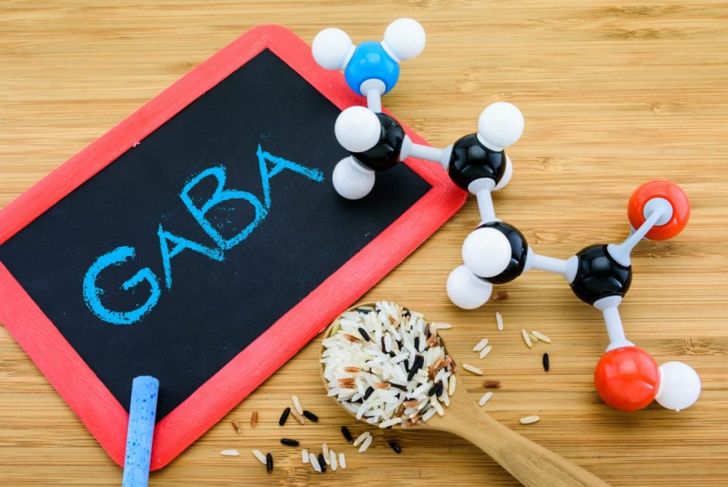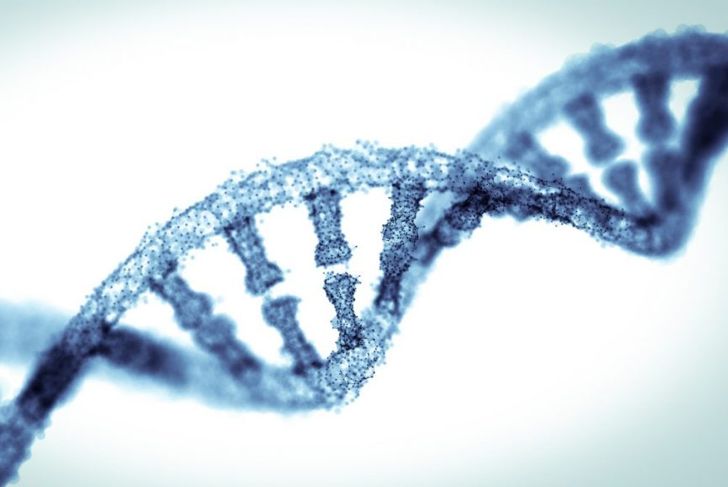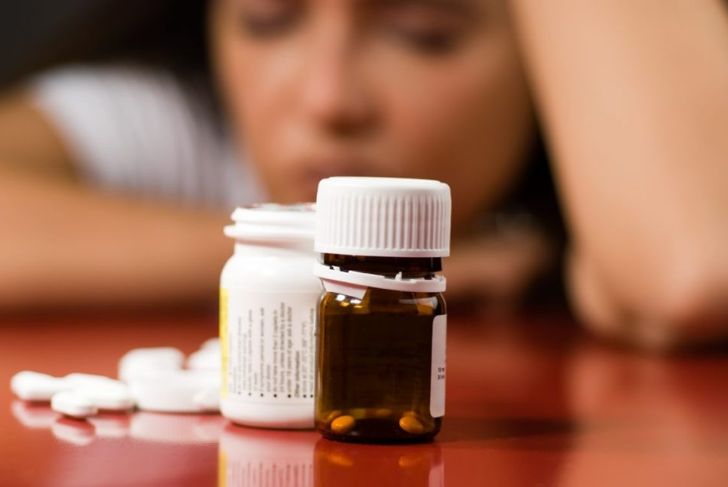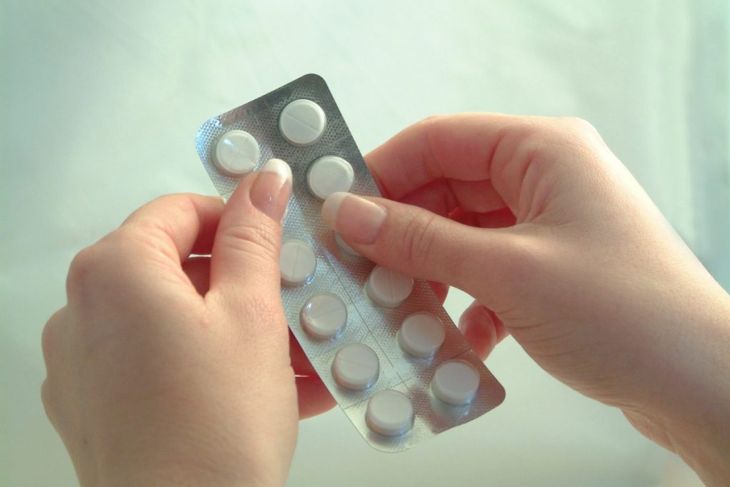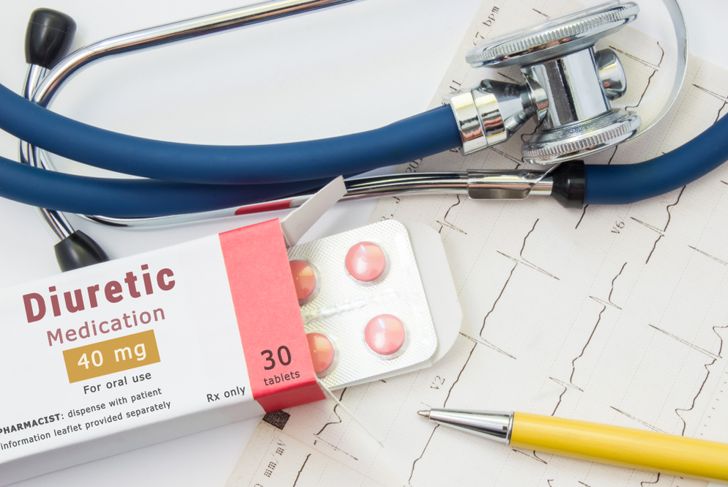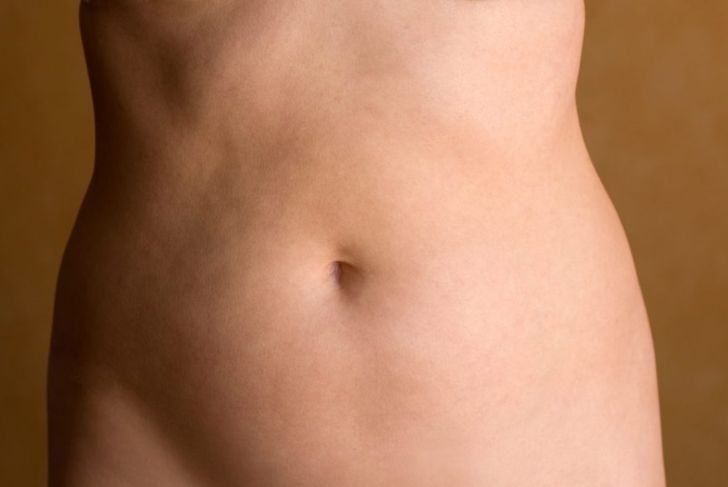Any woman who has ever had a period has experienced at least one PMS symptom. PMDD or premenstrual dysphoric disorder is a severe form of PMS that can long-lasting and serious effects. In 2012, the American Psychiatric Association included PMDD in the fourth edition of its Diagnostic and Statistical Manual of Mental Disorders, DSM-IV. Researchers are still trying to understand the exact mechanisms of the disorder.
PMS vs. PMDD
PMS and PMDD symptoms usually begin between five and ten days before the menstrual flow begins. Tiredness, irritability, and increased appetite are common in both cases, but PMDD is distinguished by marked and chronic emotional and behavioral changes in addition to PMS symptoms. PMDD symptoms tend to worsen until the onset of menopause, while PMS symptoms tend to abate after that month’s period is over and are milder by comparison.
Symptoms
Biology, environment, psychology, and social factors play significant roles in PMDD. Symptoms include feelings of hopelessness, crippling panic, and rage and can impair interpersonal relationships and negatively affect an individual’s quality of life. If these symptoms persist for two or three menstrual cycles, doctors may start to formulate a diagnosis. Fewer than 10 out of every 100 women develop PMDD, and symptoms are independent of ethnicity or culture.
Diagnostic Rating Tools
PMDD is challenging to diagnose, but the basic criteria include daily rating tools for at least two menstrual cycles. The Daily Record of Severity of Problems, DRSP, uses summary scores to measure the severity and correlation of a woman’s symptoms. The Calendar of Premenstrual Experiences (COPE) monitors and conceptualizes behavioral and physical fluctuations during her period. These forms help doctors understand the extent of the psychological and behavioral symptoms.
Role of GABA and Serotonin
Scientists hypothesize that women with PMDD are more vulnerable to certain neurotransmitters in the central nervous system. They believe ovarian function is negatively affected by serotonin and gamma-aminobutyric acid, GABA, during the luteal phase or latter half of a woman’s cycle. Serotonin is a feel-good neurotransmitter and GABA is known for promoting relaxation. Research suggests that during this phase, ovarian steroids such as estrogen somehow disrupt the effects of these two chemicals, contributing to PMDD.
The Genetic Factor
Just as 70 percent of women with PMS have mothers who also had the condition, there may be a similar correlation for premenstrual dysphoric disorder, although research has yet to supply an exact statistic. It seems that the over-expression of a gene complex identified as ESC/E(Z) shows that there is a cellular difference in women as it relates to menstruation. This abnormality renders some women more sensitive to hormonal changes that occur during their cycles, resulting in PMDD.
Treating PMDD with Antidepressants
Any treatment for PMDD involves reducing symptoms and improving quality of life and occupational functionality. Once a doctor confirms the diagnosis, the first line of treatment is antidepressants; specifically, selective serotonin reuptake inhibitors or SSRIs. These medications improve irritability and depressed mood, which helps the other treatments work more effectively.
Dopamine Agonists
The hormone prolactin prepares a woman’s body for breastfeeding and is also responsible for PMDD-related mastalgia, uncomfortable swelling and tenderness of the breasts. Dopamine is a chemical that regulates mood, but also inhibits prolactin. Dopamine agonists activate receptors in the brain that release the chemical and alleviate breast-related discomfort for women with PMDD. While these drugs can be effective, side effects such as dizziness and nausea may limit their use.
Diuretics
Diuretics that are both aldosterone antagonists and potassium-sparing have a better result for women with PMDD who experience bloating. Aldosterone is a hormone made by the adrenal glands that increases the sodium sent to the bloodstream. This can lead to water retention. Aldosterone antagonists block the hormone, while the potassium-sparing property keeps more potassium in the body. Doctors recommend limited use of these powerful drugs because the possible side effects, such as hyperkalemia, can complicate the condition.
Suppressing Ovulation
Suppressing ovulation for women with PMDD is generally a last resort when other therapies fail. Reducing estrogen levels can increase a woman’s risk of osteoporosis and other side effects associated with menopause. On the other hand, this can be the most effective therapy option because it significantly reduces many PMDD symptoms. Women considering this option need to have thorough conversations with their doctors so they know what to expect.
Supporting Lifestyle Therapies
While drug therapies can offer significant benefit for women with PMDD, certain lifestyle changes can enhance the effectiveness of other therapies and improve one’s quality of life. Simple changes such as getting adequate, restful sleep and undertaking regular exercise can significantly reduce symptoms. Dietary changes including less caffeine, alcohol, and salt can reduce insomnia and fluid retention. Finally, keeping a daily diary of symptoms can help women feel more in control of their PMDD and track the improvements or changes in their condition.

 Home
Home Health
Health Diet & Nutrition
Diet & Nutrition Living Well
Living Well More
More

